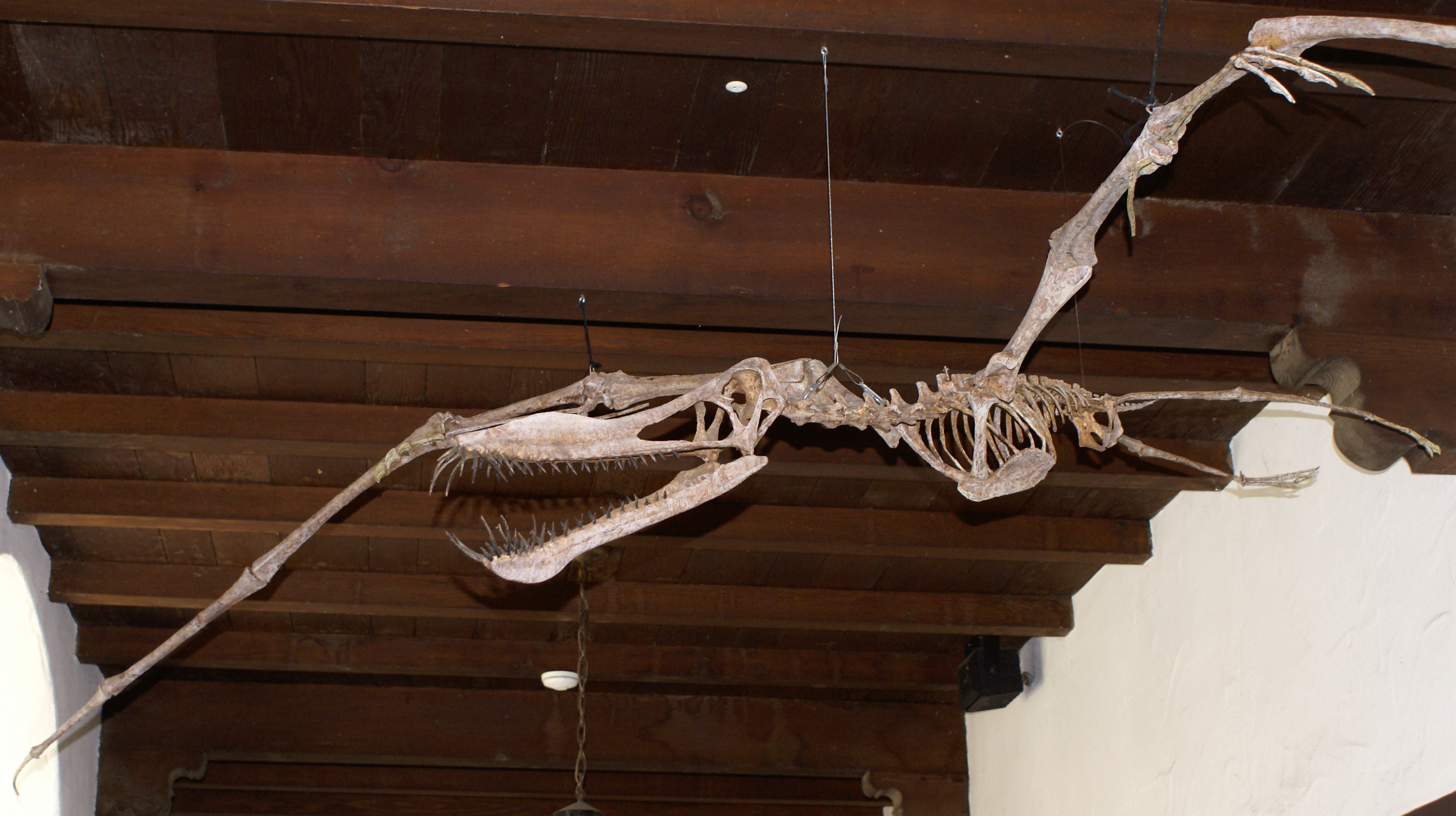Elrhaz Formation on:
[Wikipedia]
[Google]
[Amazon]
The Elrhaz Formation is a geological
 Gadoufaoua (
Gadoufaoua (
''Laganemys'' type, Gadoufaoua
at
formation
Formation may refer to:
Linguistics
* Back-formation, the process of creating a new lexeme by removing or affixes
* Word formation, the creation of a new word by adding affixes
Mathematics and science
* Cave formation or speleothem, a secondar ...
in Niger
)
, official_languages =
, languages_type = National languagesAfrica
Africa is the world's second-largest and second-most populous continent, after Asia in both cases. At about 30.3 million km2 (11.7 million square miles) including adjacent islands, it covers 6% of Earth's total surface area ...
.
Its strata date back to the Early Cretaceous
The Early Cretaceous ( geochronological name) or the Lower Cretaceous (chronostratigraphic name), is the earlier or lower of the two major divisions of the Cretaceous. It is usually considered to stretch from 145 Ma to 100.5 Ma.
Geology
Pro ...
, about 125 to 112 million years ago. Dinosaur remains are among the fossils that have been recovered from the formation, alongside those of multiple species of crocodyliformes.
Gadoufaoua
 Gadoufaoua (
Gadoufaoua (Tuareg
The Tuareg people (; also spelled Twareg or Touareg; endonym: ''Imuhaɣ/Imušaɣ/Imašeɣăn/Imajeɣăn'') are a large Berber ethnic group that principally inhabit the Sahara in a vast area stretching from far southwestern Libya to southern A ...
for "the place where camels fear to go") is a site within the Elrhaz Formation (located at ) in the Tenere desert of Niger
)
, official_languages =
, languages_type = National languagesfossil
A fossil (from Classical Latin , ) is any preserved remains, impression, or trace of any once-living thing from a past geological age. Examples include bones, shells, exoskeletons, stone imprints of animals or microbes, objects preserved ...
graveyard. It is where remains of ''Sarcosuchus imperator
''Sarcosuchus'' (; ) is an extinct genus of crocodyliform and distant relative of living crocodilians that lived during the Early Cretaceous, from the late Hauterivian to the early Albian, 133 to 112 million years ago of what is now Africa an ...
'', popularly known as SuperCroc, were found (by Paul Sereno
Paul Callistus Sereno (born October 11, 1957) is a professor of paleontology at the University of Chicago and a National Geographic "explorer-in-residence" who has discovered several new dinosaur species on several continents, including at sites ...
in 1997, for example), including vertebrae, limb bones, armor plates, jaws, and a nearly complete skull.
Gadoufaoua is very hot and dry. However, it is supposed that millions of years ago, Gadoufaoua had trees, plants and wide rivers. The river covered the remains of dead animals, the fossilized remains of which were protected by the drying rivers over millions of years.
Vertebrate paleofauna
Fossils of an unnamed hybodont shark and the araripemydid turtle '' Taquetochelys decorata'' were found in the formation.at
Fossilworks
Fossilworks is a portal which provides query, download, and analysis tools to facilitate access to the Paleobiology Database
The Paleobiology Database is an online resource for information on the distribution and classification of fossil animals ...
.org
Chondrichthyes
Sarcopterygii
Actinopterygii
Testudines
Crocodyliformes
Ornithischians
Theropods
Sauropods
See also
*List of dinosaur-bearing rock formations
This list of dinosaur-bearing rock formations is a list of geologic formations in which dinosaur fossils have been documented.
Containing body fossils
* List of stratigraphic units with dinosaur body fossils
** List of stratigraphic units with few ...
* Crato Formation
The Crato Formation is a geologic formation of Early Cretaceous ( Aptian) age in northeastern Brazil's Araripe Basin. It is an important Lagerstätte (undisturbed fossil accumulation) for palaeontologists. The strata were laid down mostly duri ...
* Romualdo Formation
The Romualdo Formation is a geologic Konservat-Lagerstätte in northeastern Brazil's Araripe Basin where the states of Pernambuco, Piauí and Ceará come together. The geological formation, previously designated as the Romualdo Member of the Sa ...
References
Bibliography
* * * {{ISBN, 0-520-24209-2Further reading
* P. M. Galton and P. Taquet. 1982. ''Valdosaurus'', a hypsilophodontid dinosaur from the Lower Cretaceous of Europe and Africa. Géobios 15(2):147-159 * H. C. E. Larsson and B. Gado. 2000. A new Early Cretaceous crocodyliform from Niger. Neues Jahrbuch für Geologie und Paläontologie - Abhandlungen 217(1):131-141 * P. C. Sereno and S. J. ElShafie. 2013. A New Long-Necked Turtle, ''Laganemys tenerensis'' (Pleurodira: Araripemydidae), from the Elrhaz Formation (Aptian–Albian) of Niger. In D. B. Brinkman, P. A. Holroyd, J. D. Gardner (eds.), Morphology and Evolution of Turtles 215-250 * P. C. Sereno and H. C. E. Larsson. 2009. Cretaceous crocodyliformes from the Sahara. ZooKeys 28:1-143 * P. C. Sereno, A. L. Beck, D. B. Dutheil, B. Gado, H. C. E. Larsson, G. H. Lyon, J. D. Marcot, O. W. M. Rauhut, R. W. Sadleir, C. A. Sidor, D. D. Varricchio, G. P. Wilson, and J. A. Wilson. 1998. A long-snouted predatory dinosaur from Africa and the evolution of spinosaurids. Science 282:1298-1302 Geologic formations of Niger Upper Cretaceous Series of Africa Cretaceous Niger Albian Stage Sandstone formations Fluvial deposits Paleontology in Niger Cretaceous paleontological sites of Africa